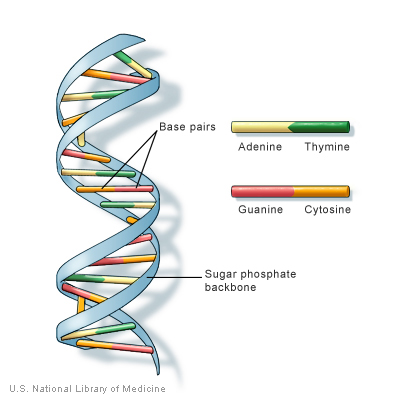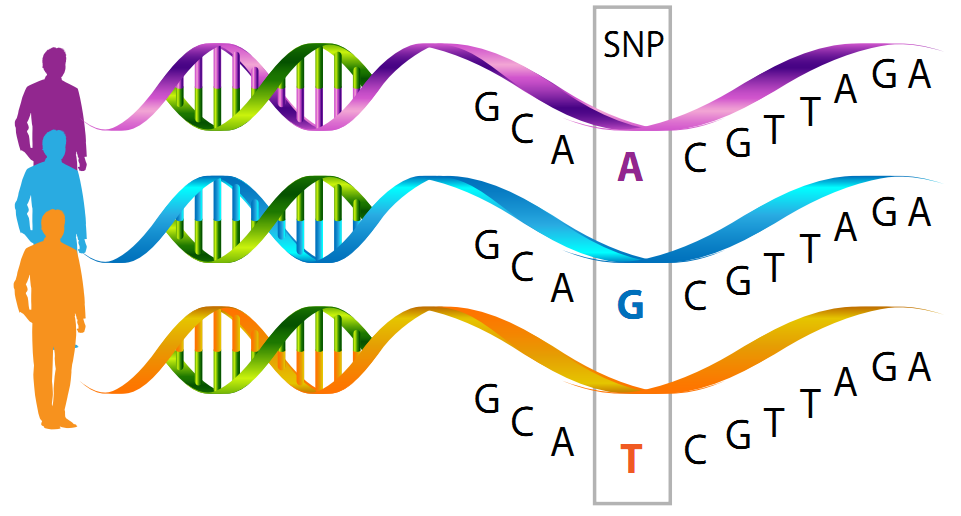Recently, we spoke to Dr Ng Zhi Xiang about how our genes may be responsible for certain diseases. With more than 10 years of experience in research, Dr Ng is an expert in linking genetics to diseases.
From our conversation with Dr Ng, it seems obvious that genetics are indeed responsible for many of the diseases that we as human beings face in our lifetime. However, in order to grasp the relationship between our genes and these diseases, we first have to understand the basics of genetics.
This article will serve as part 1 of our DNA Explorer series and explains the basics of genetics with the help of Dr Ng. To watch the webinar where we addressed this topic, click here.
What is DNA?
You may think of DNA as a magical substance in our body that seems to be responsible for everything that makes us who we are. Well, you wouldn’t be too far off.
DNA stands for deoxyribonucleic acid.
Our parents pass down their DNA to us and it contains information that shapes us into what we are today. The DNA is an incredibly important part of your body, arguably the most important component! It determines ALL the characteristics of a living being, be it plants, bacteria or large complex beings like ourselves. With the exception of identical twins, no other two human beings in the world have the exact same sequence of DNA.
To understand the role of DNA in our body, it is important to be familiar with its structure. There is a rule in biology that goes ‘structure equals function’ which means that knowing the structure of a molecule in the body will give you a pretty good idea about its function. DNA is a large information-carrying molecule in the shape of a double helix (think of a ladder that has been twisted repeatedly).
There are three components that goes into a DNA strand, a sugar, a phosphate molecule and one of 4 bases; Adenine (A), Thymine (T), Cytosine (C), Guanine (G).
DNA codes for the production of proteins and determines their structure and in turn, their function.

Figure 1: Structure of DNA (U.S. National Library of Medicine, 2018)
How are DNA responsible for the differences observed in us?
A trait, known scientifically as a phenotype, is the observable physical or biochemical characteristics of an individual. Some examples of phenotypes maybe the colour of your hair, eyes, skin, your height or even your blood group. These phenotypes are all coded by the DNA in your body.
So, what happens when there is a change in the genetic code? Well, you’ve guessed it! Although it is rare, a change in the DNA sequence may lead to a change in the phenotype as well. A change in phenotype is mostly caused by mutations or variations in the DNA, the most common of which, is the SNPs found in everyone.
What is an SNP?
A single nucleotide polymorphism (SNP; pronounced as ‘SNIP’) is a change in a single base in a gene that codes for a protein. This could lead to no change in phenotype or subtle or drastic changes to the phenotype. In a worst-case scenario, it may even make you more susceptible to certain diseases such as diabetes or the different types of cancer.

Figure 2: Single nucleotide polymorphism is a change in a single base in a gene. (Alv, 2017)
However, not all variation is bad.
Variation is an important factor for evolution and natural selection. Evolution relies on genetic variation that is passed down from one generation to the next. Organisms with favourable characteristics are selected, survive and their traits are passed on to the next generation. Think about it, if every human being on Earth has the same genetic makeup, a single disease could wipe out the entire human population!
The genetics of diseases
Genetic mutation refers to the permanent change in one or more specific genes. It can lead to the development of inherited genetic disorders such as sickle cell anaemia, cystic fibrosis, and early onset familial Alzheimer’s disease. So if a person inherits a copy of the genetic mutation that causes a certain disease from his/her parent, then he or she will usually get the disease.
On another hand, other diseases can be found to be associated with genetic variants. There can be many genes that are related to the disease, and one gene can have many variants. These variants can sometimes be found to be associated to an increased or decreased risk of a person developing the disease. When the genetic variant does not directly cause a disease but increases/decreases the disease risk, it is known as a genetic risk factor.
NOW that we’ve caught up with the basics of genetics, next we’ll be talking on some of the examples on how genetics are responsible for certain diseases. Stay tuned!!
References:
1. Steemit.com. (2018). Single Nucleotide Polymorphisms: Single Letter Changes in DNA Provide Road Signs to Map Human Traits. [online] Available at: https://steemit.com/biology/@alv/single-nucleotide-polymorphisms-single-letter-changes-in-dna-provide-road-signs-to-map-human-traits [Accessed 19 Dec. 2018].
2. Genetics Home Reference. (2018). What is DNA?. [online] Genetics Home Reference. Available at: https://ghr.nlm.nih.gov/primer/basics/dna [Accessed 19 Dec. 2018].